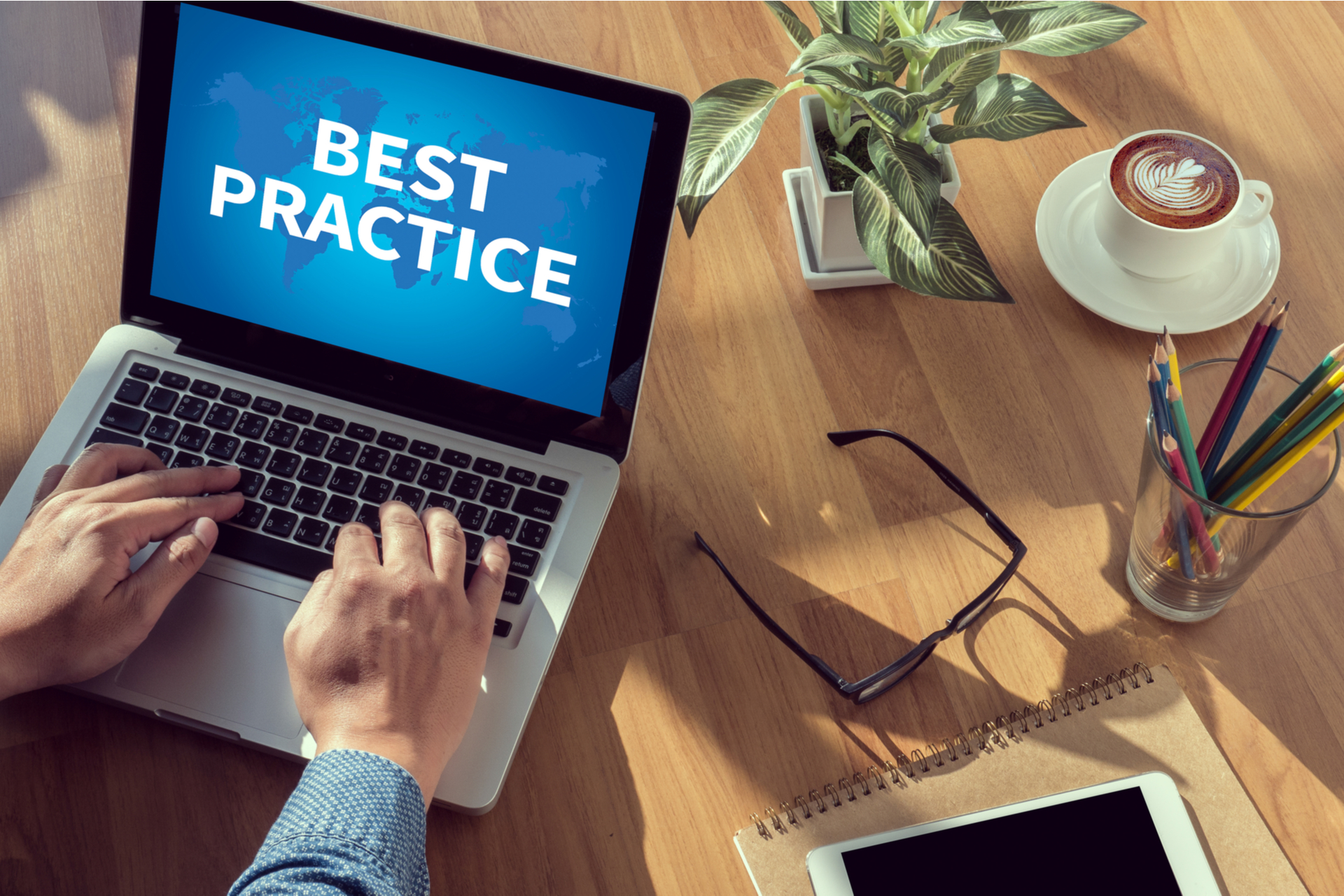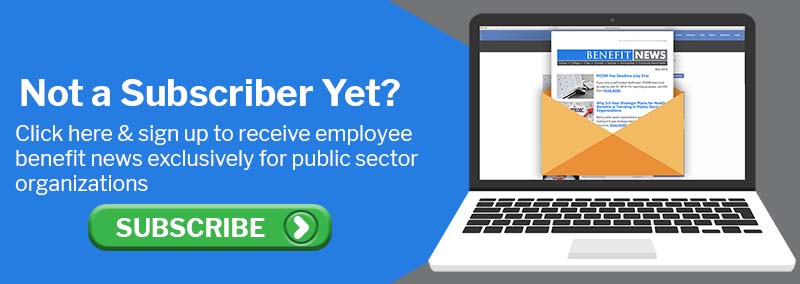2.5 minute read
Are your employees making the most out of their benefits?
While employers may think about open enrollment only a few times a year, employees think about it even less. And that's unfortunate because it means employees may not be maximizing their benefits. That’s why it’s important for employers to touch on benefits throughout the year. Here are some best practices for providing employees with thoughtful, year-round benefits engagement.
Have a Goal in Mind
When you send out benefit communications, have a clear goal in mind. Random communications won’t produce your desired results. For example, your goal may be to reduce employee questions during open enrollment. From there, you could survey employees to figure out their top questions to ensure you hit the right marks.
Keep Topics Relevant
Don’t lose sight of your goal as you communicate throughout the year. Make sure your message is relevant to both your main objective and your employees’ interests or benefit options. With your communications, employees will immediately want to know “what’s in it for me,” so be sure to stay on topic.
Be Brief and Concise
Make sure your communications clearly convey your intended message and get straight to the point. The message should be easy to understand without ambiguity. Avoid sending the same information repeatedly. Also, employees may tend to lose interest with long messaging.
Your basic formula for messaging should be something like this: “Here’s something you may not know about your benefits. This is why it’s important to you. Here’s what you should do to learn more about this information.”
Vary Your Communication Approach
What’s the best way to deliver your message in the most effective way possible? The answer is all of them. Since everyone doesn’t retain information in the same way, it’s important to communicate through a variety of channels. Some ideas include sending out mass emails, mailing out flyers, posting videos on an intranet site, and tacking up posters.
Set Up a Communication Calendar
Having communications that are goal-oriented, relevant, and multi-channeled are great, but you must also know when to send them. A communication calendar can help you think about important dates and when best to schedule your communications. It will also help you to space your messaging out to reduce messaging fatigue.
When employees have access to benefits that support their health and well-being, employers are rewarded with employee retention, increased productivity, and increased customer loyalty.
Download the bulletin for more details.

